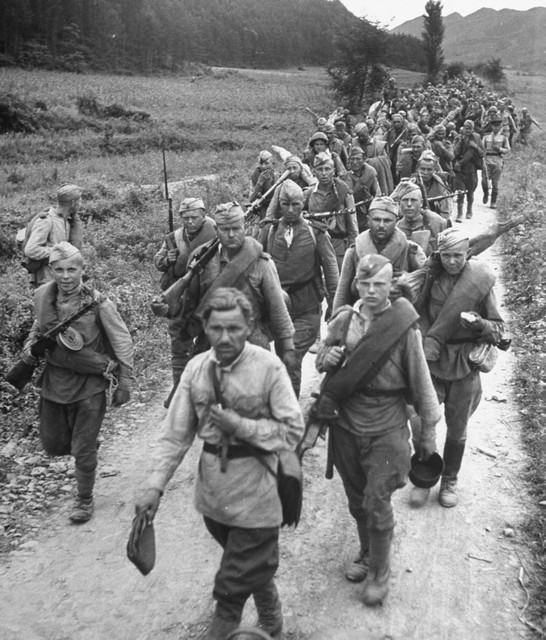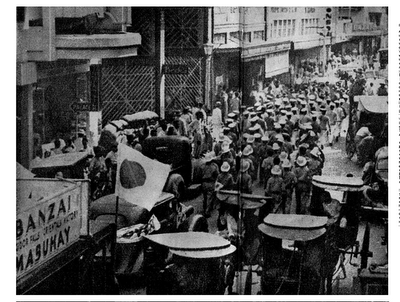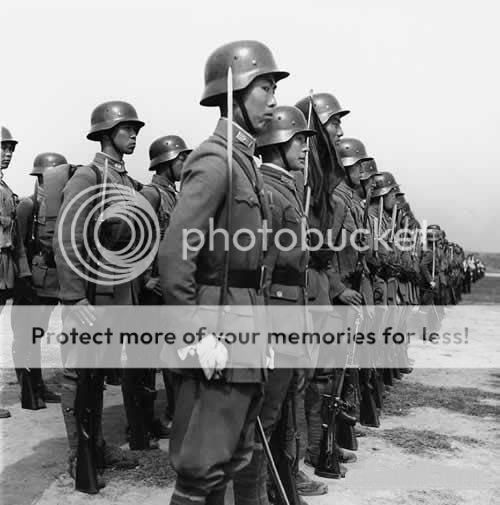Ephraim Ben Raphael
Banned
My TL which I began in January of this year is now being resumed with CalBear's permission. I intend to continue it until the conclusion of the war and its immediate aftermath. For those of you who would like to read or re-read the first part of the TL, you can find it here: https://www.alternatehistory.com/discussion/showthread.php?t=302840 . Please note before reading it, that several of the pre-POD portions and a few other parts that mirror OTL events are taken from William Manchester's The Glory and the Dream- the rest is all my own work.
Sorry about the delay in bringing this back, I was building up an update buffer and then my laptop died and I lost a whole bunch of work.
Here's a chapter library;
00 - Prologue - 1929
01 - Things Get Bad - 1930-31
02 - President Hoover - 1929-1932
03 - Washington Under Siege - 1932
04 - Things Get Worse - 1932
05 - Farmers and Bankers- 1932-1933
06 - The Garner Administration and the Second Bonus Army - 1933
07 - The ERA and “Civil War” in the Democratic Party - 1933-1934
08 - Things Fall Apart - 1934
09 - The Worst are Filled With a Passionate Intensity - 1934-35
10 - The End of the Crooked Deal - 1935
11 - The Center Cannot Hold - 1935-1936
12 - The Shot Heard Round The World - 1936-1937
13 - The Government Overthrown - 1937
14 - Divided We Fall - 1937
15 - For Brutus is an Honorable Man - 1937-1938
15.5 - Hail Caesar - A 1938 Prose Interlude
16 - The World Wonders - 1938
16.5 - Comic Interlude
17 - Eyes Skyward - 1938
18 - The Tempest - 1938-39
19 - The Disintegration of the Pre-War Military - 1938-39
20 - The World At War - 1938-39
21 - The War in the East - 1932-1939
22 - Operation East - 1939
22.5 - The Grapes of Wrath - A 1940 Prose Interlude
23 - The Japanese Invasion and the Hunting Season - 1940
24 - The True North Strong and Free - 1940
25 - The Fall of France - 1940
26 - Tube Alloys - 1938-41
27 - The Chrysanthemum and the Bear-1940-41
27.5 - Unalienable Rights - A 1942 Prose Interlude
28 - Race and Racism - 1941-42
29 - Dominoes - 1941
Sorry about the delay in bringing this back, I was building up an update buffer and then my laptop died and I lost a whole bunch of work.
Here's a chapter library;
00 - Prologue - 1929
01 - Things Get Bad - 1930-31
02 - President Hoover - 1929-1932
03 - Washington Under Siege - 1932
04 - Things Get Worse - 1932
05 - Farmers and Bankers- 1932-1933
06 - The Garner Administration and the Second Bonus Army - 1933
07 - The ERA and “Civil War” in the Democratic Party - 1933-1934
08 - Things Fall Apart - 1934
09 - The Worst are Filled With a Passionate Intensity - 1934-35
10 - The End of the Crooked Deal - 1935
11 - The Center Cannot Hold - 1935-1936
12 - The Shot Heard Round The World - 1936-1937
13 - The Government Overthrown - 1937
14 - Divided We Fall - 1937
15 - For Brutus is an Honorable Man - 1937-1938
15.5 - Hail Caesar - A 1938 Prose Interlude
16 - The World Wonders - 1938
16.5 - Comic Interlude
17 - Eyes Skyward - 1938
18 - The Tempest - 1938-39
19 - The Disintegration of the Pre-War Military - 1938-39
20 - The World At War - 1938-39
21 - The War in the East - 1932-1939
22 - Operation East - 1939
22.5 - The Grapes of Wrath - A 1940 Prose Interlude
23 - The Japanese Invasion and the Hunting Season - 1940
24 - The True North Strong and Free - 1940
25 - The Fall of France - 1940
26 - Tube Alloys - 1938-41
27 - The Chrysanthemum and the Bear-1940-41
27.5 - Unalienable Rights - A 1942 Prose Interlude
28 - Race and Racism - 1941-42
29 - Dominoes - 1941
Last edited:







